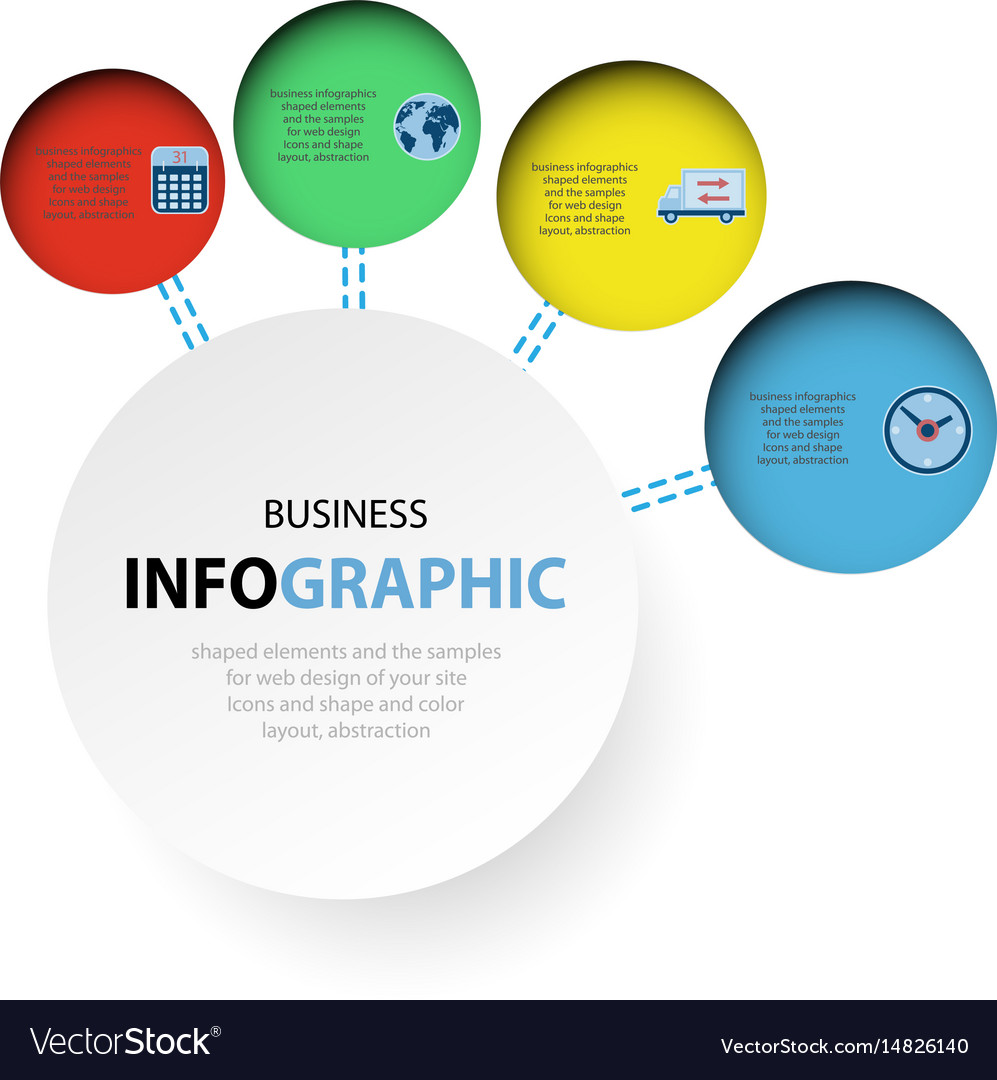Fascinated In Finding Out Just How Site Style Has Developed? Explore The Trip From Uncomplicated Styles To User-Centric Approaches
Fascinated In Finding Out Just How Site Style Has Developed? Explore The Trip From Uncomplicated Styles To User-Centric Approaches
Blog Article
Material Created By-Collier Wren
In the past, sites were straightforward and concentrated on details. Navigation was straight, and layout was for desktops. Now, individual experience is key. Data guides designs for very easy navigating. Responsive layouts fit various tools. Today, dark setting decreases strain, and minimalist menus boost navigating. Interactive features involve individuals, and bold visuals stand apart. AI combination increases involvement. See exactly how design has actually progressed to boost your online journey.
Very Early Days of Web Design
In the very early days of web design, simpleness preponderated. Web sites were fundamental, with restricted colors, fonts, and designs. https://local-seo-services-near-m49383.eedblog.com/29942343/local-search-engine-optimization-vs-traditional-search-engine-optimization-comprehending-the-differences was on providing info as opposed to showy visuals. Users accessed the internet through slow-moving dial-up links, so rate and functionality were essential.
Navigating menus were straightforward, commonly situated on top or side of the page. Internet sites were developed for desktop computers, as mobile surfing wasn't yet widespread. Material was king, and developers focused on simple readability over complicated layout elements.
HTML was the key coding language used, and developers had to function within its constraints. Computer animations and interactive functions were minimal compared to today's criteria. Web sites were static, with little vibrant material or personalized individual experiences.
Increase of User-Focused Design
With the evolution of site layout, a change towards user-focused design concepts has become significantly prominent. Today, producing sites that focus on individual experience is critical for engaging visitors and accomplishing company goals. User-focused layout includes understanding the needs, choices, and actions of your target audience to tailor the site's layout, material, and features accordingly.
Designers currently carry out extensive research, such as user surveys and functionality screening, to collect understandings and feedback straight from users. This data-driven approach helps in creating instinctive navigating, clear calls-to-action, and visually enticing user interfaces that reverberate with visitors. By placing the customer at the facility of the design process, sites can deliver a much more tailored and delightful experience.
Responsive layout has additionally emerged as a vital aspect of user-focused style, making certain that web sites are maximized for numerous gadgets and screen dimensions. please click the next post improves ease of access and usability, catering to the diverse means customers engage with sites today. Fundamentally, the surge of user-focused style symbolizes a shift in the direction of creating digital experiences that prioritize the demands and expectations of the end customer.
Modern Trends in Web Design
Discover the current trends shaping website design today. One famous fad is dark mode style, using a sleek and modern look while minimizing eye stress in low-light atmospheres. Another vital fad is minimal navigating, streamlining menus and improving individual experience by concentrating on essential elements. Including micro-interactions, such as animated switches or scrolling effects, can create a more appealing and interactive internet site. Receptive layout continues to be essential, making sure seamless customer experiences across various devices. Furthermore, utilizing bold typography and unbalanced designs can include visual rate of interest and draw attention to particular content.
Incorporating AI technology, like chatbots for customer support or personalized recommendations, improves individual engagement and streamlines processes. Access has additionally end up being a significant trend, with designers focusing on comprehensive design techniques to deal with diverse individual requirements. Accepting sustainability by enhancing web site performance for rate and efficiency is another arising pattern in web design. Working together with user responses and information analytics to iterate and improve design continuously is necessary for staying relevant in the ever-evolving electronic landscape. By accepting these modern trends, you can create an aesthetically enticing, easy to use web site that resonates with your audience.
Conclusion
As you reflect on the evolution of web site design from the very early days to now, you can see exactly how user-focused design has actually ended up being the driving pressure behind modern-day patterns.
Accept the journey of change and adaptation in web design, always maintaining the individual experience at the forefront.
Remain current with the latest trends and technologies, and never ever quit developing your technique to produce visually magnificent and easy to use websites.
Evolve, adjust, and develop - the future of web design remains in your hands.
